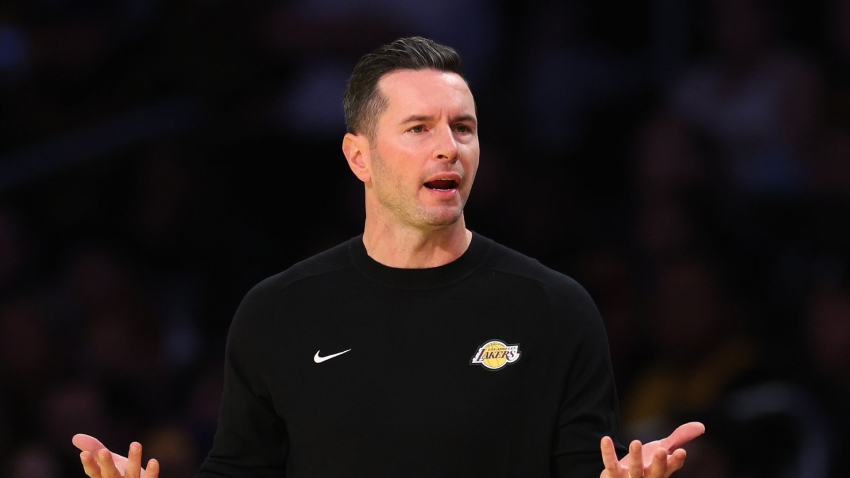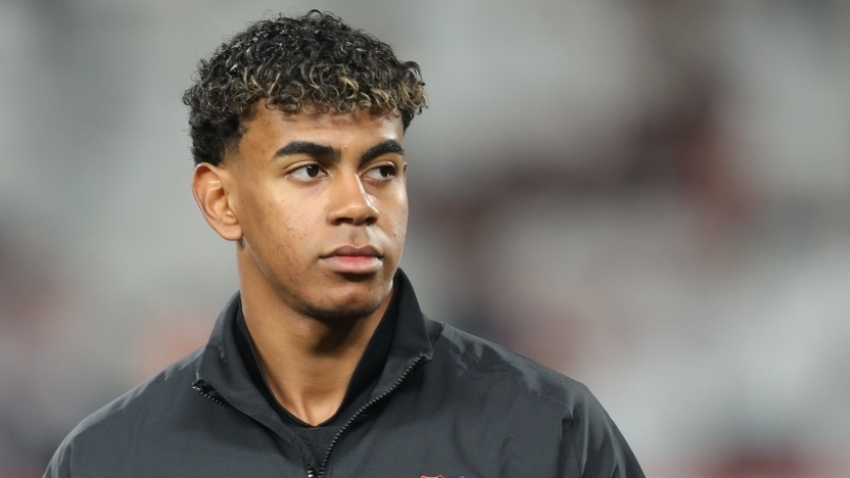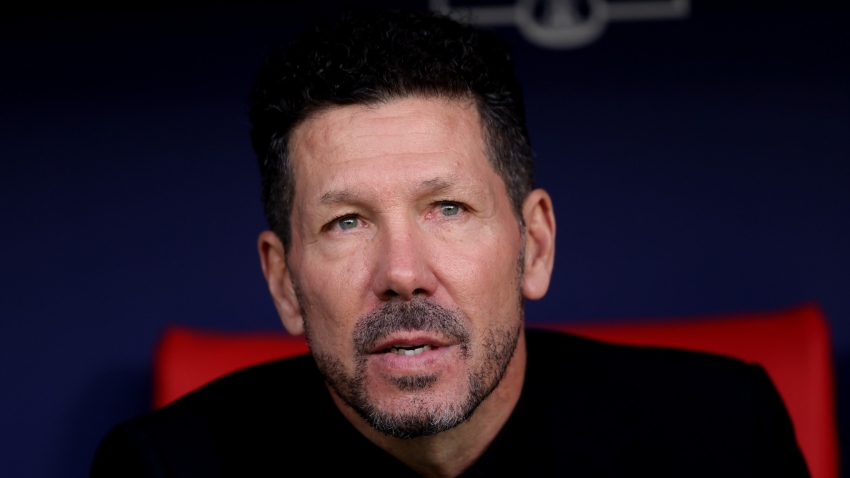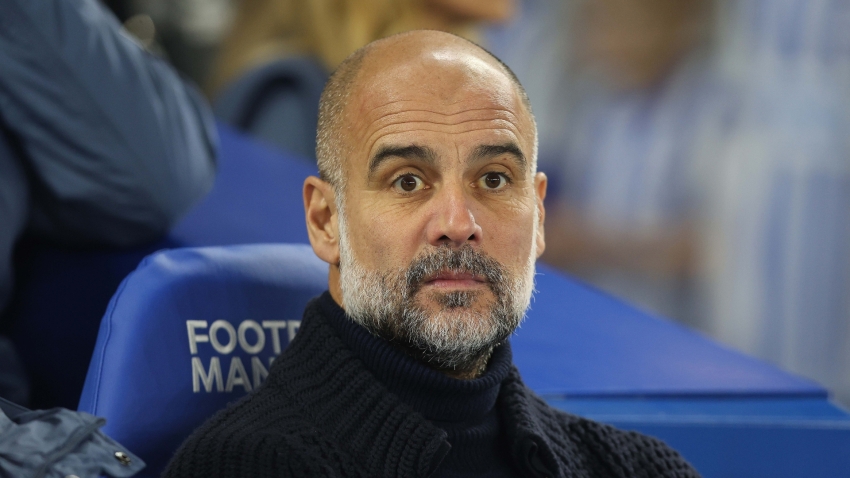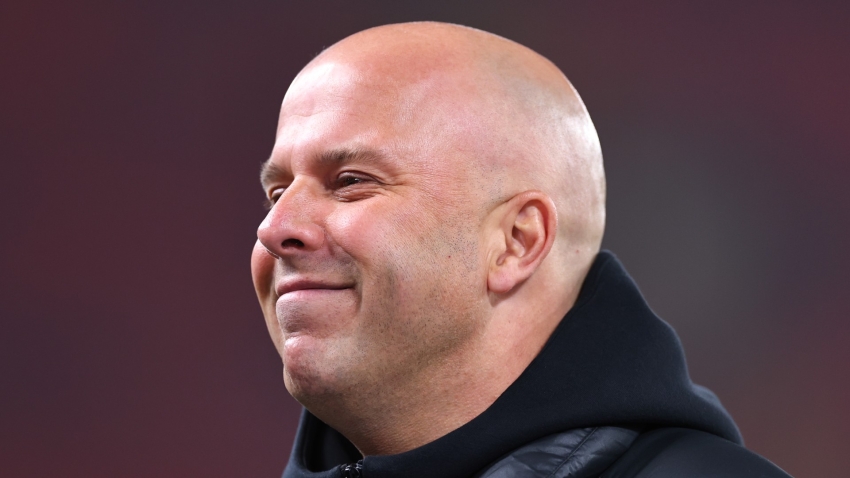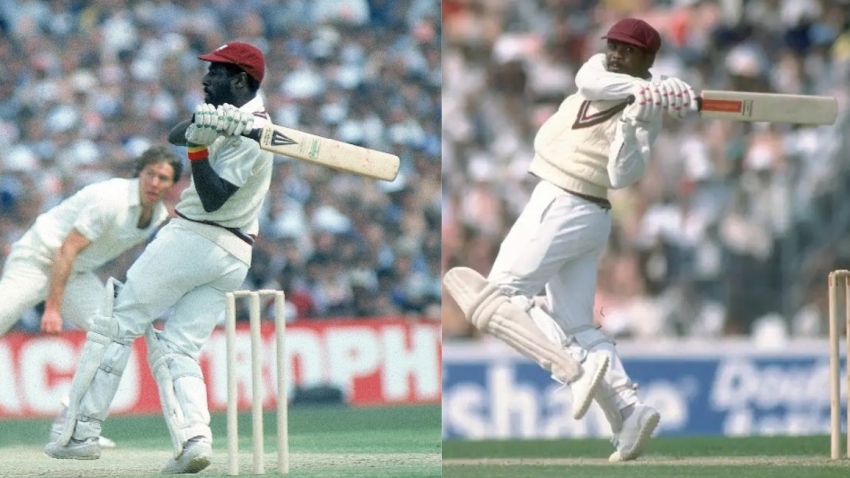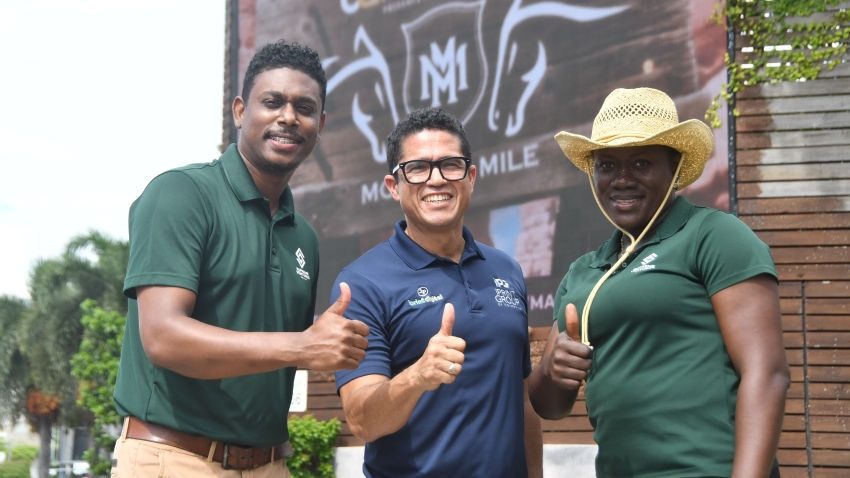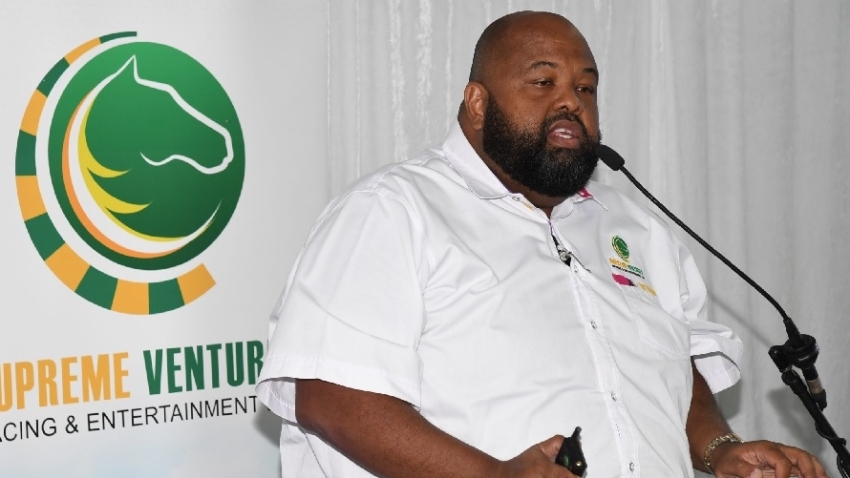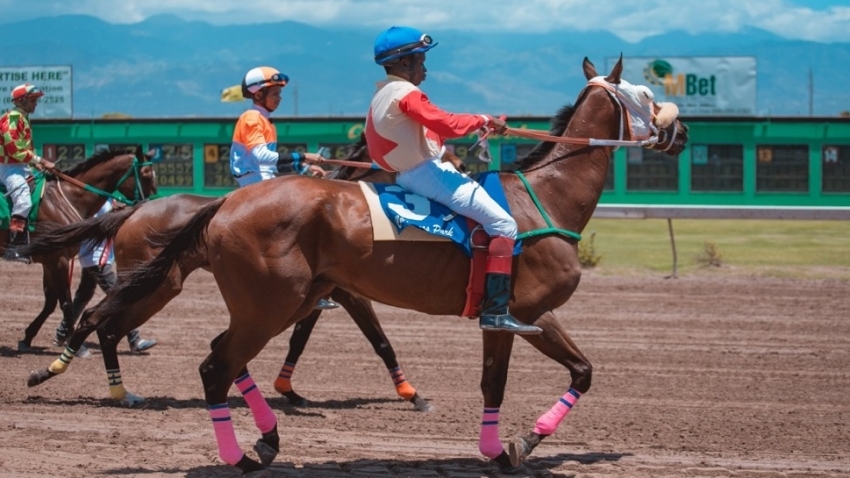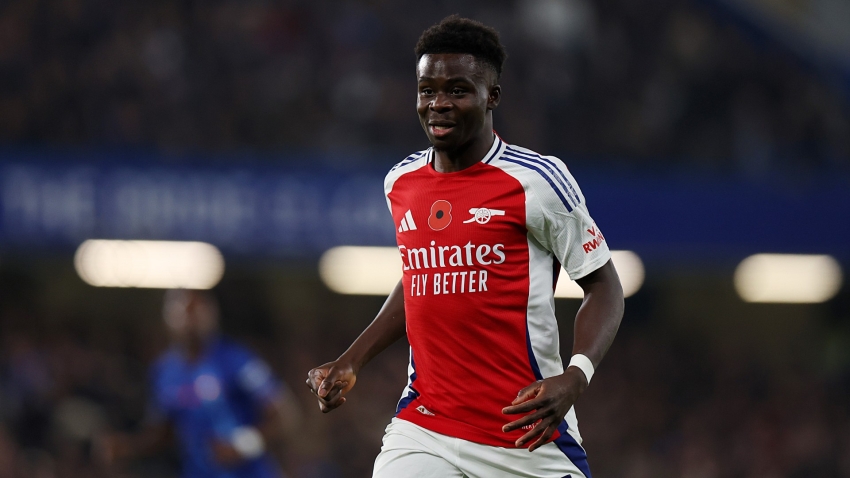Dual Grand National-winning trainer Lucinda Russell has thrown her support behind the decision to reduce the Aintree field to 34 runners from next year.
The Jockey Club, which runs the Liverpool track, announced a series of revisions to the April highlight on Thursday, with a cut in the maximum number of contenders down from 40 the headline change.
The position of the first fence will also be moved closer to the start while the race will be brought forward from its recent slot of 5.15pm, with the aim of providing the best possible ground for what is the betting event of the season.
Russell saddled One For Arthur to victory in 2017 and sent out Corach Rambler to triumph last season in a National that was slightly delayed after protesters from Animal Rising tried to stop the race from going ahead.
The Kinross handler said: “I think these changes announced today are a clear sign again that Aintree and The Jockey Club continue to be proactive in trying to support the Grand National and the wider sport of horseracing.
“I am fully supportive of reducing the field size and I don’t feel that six fewer runners will make a difference to the heritage of the race – it can only be a good step and hopefully will help improve the start procedures.
“As regards moving the first fence, the further you go then the more speed you are going to pick up, so logically it should mean they approach it slower. I know that it’s tricky for the jockeys to manage their speed, as it’s such an important race and everyone is vying for a good position.
“Aintree do a wonderful job in always producing perfect ground conditions; it is ground on the soft side of good, which is the way it should be.
“The level of welfare in racing is phenomenal and something we should be proud of. Once again, Aintree is trying to make things safer.”
Retired jockey Ruby Walsh rode two National winners on Papillon (2000) and Hedgehunter (2005) and he believes evolution is essential for the future of the race.
He said: “The Grand National is the showcase event for a sport I love dearly. It’s iconic and I don’t think you can overstate how important the Grand National is – it’s a Saturday in April when non-racing people watch our sport. People enjoy it and it’s up to us in racing to make sure that they continue to enjoy it.
“I think these changes represent the evolution of the Grand National. The world is ever-changing and the Grand National, and indeed horseracing, like any other sport, has to be prepared to change. Risk can never be removed but you have to try and minimise it.
“Horse welfare is a huge part of horseracing – it’s a team sport between horse and rider and we are responsible for the welfare of the horse. I think the changes announced today by The Jockey Club will enhance the Grand National as a horse race and help to ensure its future.
“I would say the biggest effect of the earlier start time will be with the ground. We all know what a big conversation climate change is in the world and it’s very hard to keep the whole of the Grand National course on the soft side of good with the race being run later in the afternoon.”
The race was contested over four and a half miles until 2013, when it was reduced by half a furlong after the start was moved forward to be further away from the crowds and grandstands following a safety review, with the trip cut further to four miles, two and a half furlongs in 2016 after the method of measuring race distances was changed.
A standing start will now be implemented for the race, which meets with Walsh’s approval, as does the call to lower the 11th fence and alter the track layout to help catch loose horses earlier.
He added: “An effect of being able to bypass fences and the levelling off on the landing sides of fences means that more runners bunch towards the inside and therefore the reduction in field size will, in my opinion, make a considerable difference.
“You hope small things make for big progress. A lot of thought and effort has gone into this process – it was a proper and thorough review. For me, it’s evolution. It was 10 years since the last changes were made and you can look and see what has worked and what needs to be evolved.
“There are lots of people who don’t like change but all sports change. Soccer is not the same game it was 30 or even 15 years ago and looking at the Rugby World Cup, rugby has had to evolve. Racing is the same in that we have to evolve to ensure the future of the sport.”
Emma Slawinski, RSPCA director of policy, described the announcement as a “welcome step” but underlined the charity still thinks there is more work to be done.
She said: “This is a welcome step from The Jockey Club and we are very pleased to see the organisation taking horse welfare seriously and making changes to the Grand National as a result, including decreasing the current maximum number of runners.
“We have always urged horseracing authorities to act on the wealth of science and evidence and believe this is the only way to demonstrate a commitment to improving and protecting horse welfare and ensuring a good life for those involved in the sport. The BHA and The Jockey Club will know that the RSPCA will continue to urge them to go further for the good of horse welfare.
“We believe that racehorses should have a good life on and off the track and should never be exposed to unacceptable risk of injury or death. Any steps from The Jockey Club to meet that aim are a positive step forward, we look forward to seeing this announcement pave the way for further changes and remain keen to work with them.”


